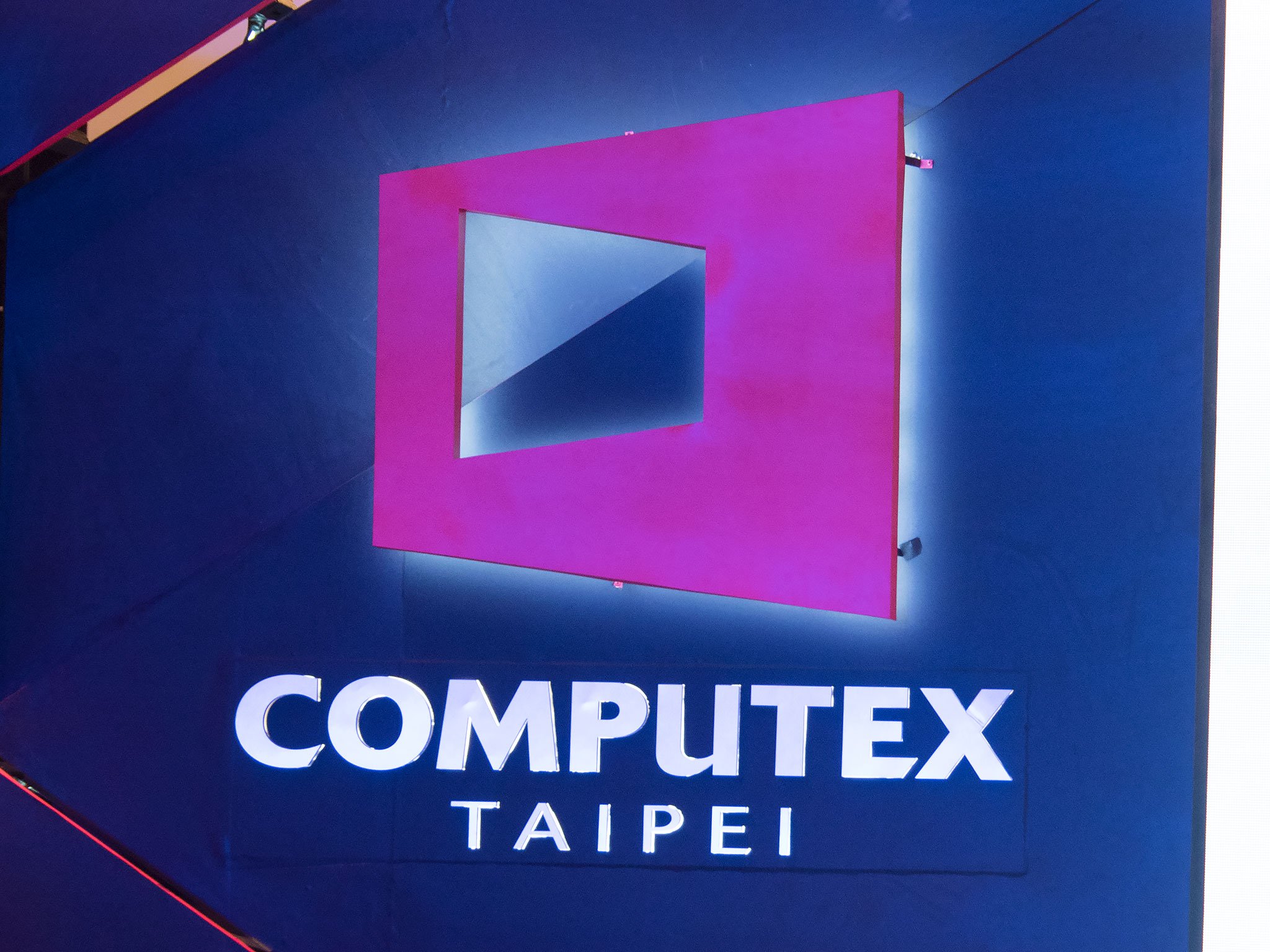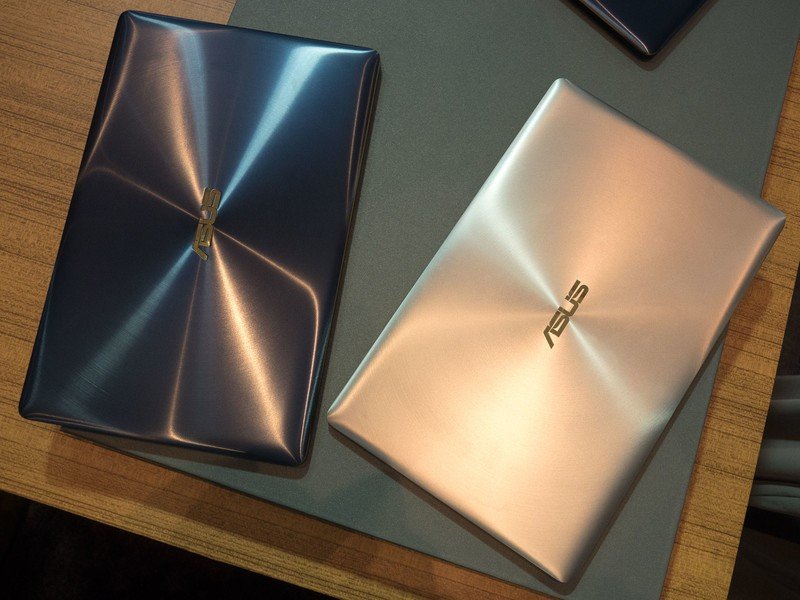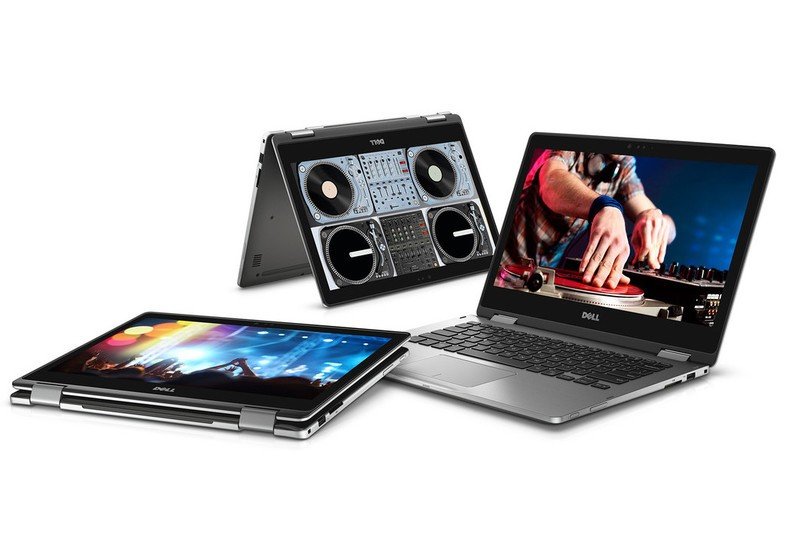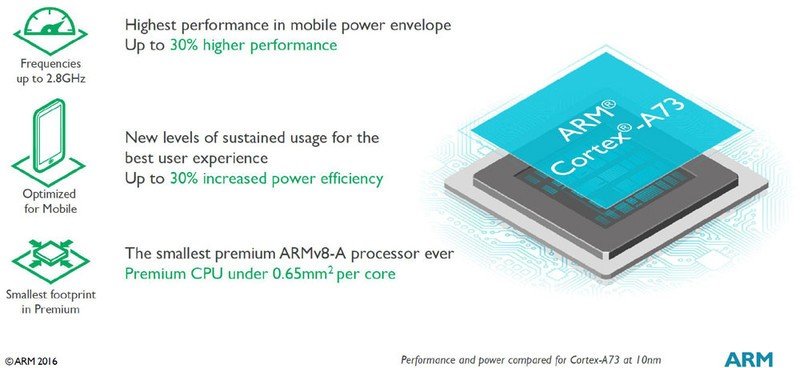Everything you need to know from Computex 2016!

Computex is Asia's biggest and more important annual technology trade show, and this year it has started with a number of great announcements from ASUS, Intel, Qualcomm, MediaTek, ARM, and more. Looking for everything in one place? Let's get started.
Update: This article was last updated May 31, 2016.
Phones, big and small
At Computex, ASUS unveiled three new Android-powered Zenfone 3 smartphones: the Zenfone 3, Zenfone 3 Deluxe, and Zenfone 3 Ultra. Available for $249, $499 and $479, respectively, they're arriving in the coming months.
- ASUS Zenfone 3 series hands-on preview
- ASUS Zenfone 3 specs: What's the difference?
ASUS PC, laptops and robots

As it does every year, ASUS began the show with a number of great Windows products, including the new ultra-slim ZenBook 3 laptop, and the super powerful Transformer 3 and Transformer 3 Pro tablets. From our friends at Windows Central.
The ZenBook 3 is a pretty typical 2016-era Ultrabook, specced with Intel's sixth-gen Core i processors, but comes with a Type-C charging connector with USB 3.1 support, as well as a Thunderbolt 3 port and fingerprint sensor with Windows Hello support.
The Transformer 3 and Transformer 3 Pro tablets are really interesting, too, bringing the fight right to Microsoft's Surface line. With high-resolution 12.6-inch displays, support for up to a Core i7 with 16GB of RAM and a 1TB PCIe SSD, they promise excellent performance and build quality at a great value. Can't wait to try these out.
On the gaming front, ASUS's Republic of Gamers brand unveiled a number of cool products, including a prototype modular PC called the Avalon. There's also a crazy ROG gaming laptop with a dual-GPU setup
Be an expert in 5 minutes
Get the latest news from Android Central, your trusted companion in the world of Android
- ASUS unveils the Transformer 3 and Transformer 3 Pro 2-in-1 tablets
- The ZenBook 3 is lighter, thinner, and faster than the MacBook
- The Avalon is ASUS's experimental modular gaming PC
- ROG unveils a laptop with an SLI'd GPU setup
- NVIDIA's latest GTX 1080 GPUs get a home inside ASUS's latest ROG desktop
- Here's ASUS's ROG XG Station 2, which gives any Thunderbolt-powered laptop a gaming boost
ASUS Transformer 3 Pro hands-on
ASUS ROG GX800 watercooled laptop{.cta.large}
Dell's massive 2-in-1

Dell also had an announcement at Computex, offering the world's first 17-inch 2-in-1 tablet as part of its new 7000 series Inspiron line.
Elsewhere from the show

In other news, ARM, the microarchitecture company whose designs partners like Qualcomm, NVIDIA, MediaTek, Huawei and others turn into chips that power our phones, tablets and even laptops, unveiled its latest high-end chip design, the Cortex-A73.
Though devices with the new design won't ship until early 2017, they will offer 30% better performance over existing Cortex A72-powered chips, along with 30% better efficiency per clock.
ARM also unveiled a new Mali G71 reference GPU manufactured using a crazy new 10nm FinFET node. Look for this chip in Vulkan-optimized devices running Android N, and those optimized for VR.
Intel also had an announcement from Computex with the new 10-core Broadwell-E flagship, the Core i7-6950X Extreme Edition, which costs in the range of $1,800. The company also said that it's long-awaited Kaby Lake chips built on the company's new 14nm manufacturing process will arrive later this year, and that ASUS's Transformer 3 and Transformer 3 Pro tablets will be among the first devices to use it.
Finally, Qualcomm also had some news of its own, announcing a new chip for low-power, low-cost wearables, along with some new broadband chips for improving Wi-Fi and cellular connectivity in smart devices.
- ARM unveils Cortex-A73 microarchitecture design
- Intel unveils $1,800 10-core Broadwell-E chip
- Intel's 7th generation Kaby Lake CPUs are coming later this year
- Qualcomm's Computex offerings include new Snapdragon Wear, IoT and Wi-Fi processors ARM also unveiled a new Mali G71 reference GPU manufactured using a crazy new 10nm FinFET node. Look for this chip in Vulkan-optimized devices running Android N, and those optimized for VR.
Daniel Bader was a former Android Central Editor-in-Chief and Executive Editor for iMore and Windows Central.

